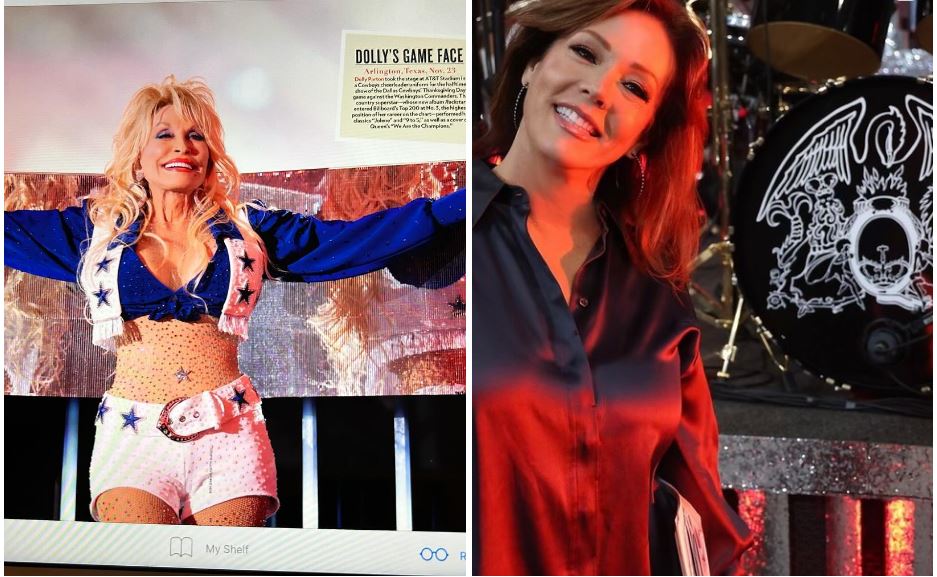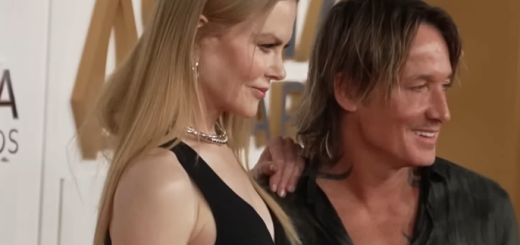Kelli Finglass Salary Exposed – How Much Does the DCC Queen Really Earn?

Kelli Finglass has been the tenacious leader of the Dallas Cowboys Cheerleaders for decades, turning a passionate performance group into a symbol of cultural symbolism, athletic artistry, and brand sophistication. Although her pay has never been formally revealed, it has come under increased scrutiny, particularly after the cheerleaders she oversees received a sizable pay increase. Many onlookers looked at Finglass herself as their financial struggles played out in the open, wondering what top-level compensation looks like.
Finglass has skillfully used her decades-long career to establish herself as the face, creator, and strategist of the DCC’s contemporary identity in addition to being a director. She is creating a multimillion-dollar brand, not just choreographing routines. It is therefore not surprising that her salary, which is conservatively estimated to be comfortably in the six-figure range, reflects a high-ranking executive structure. Finglass has mastered the monetization of talent, storytelling, and tradition, as evidenced by her income trajectory and her work as executive producer for the Netflix series America’s Sweethearts.
Kelli Finglass Bio, Career, and Estimated Salary
| Attribute | Detail |
|---|---|
| Full Name | Kelli Cecile Finglass |
| Date of Birth | December 30, 1964 |
| Age | 60 |
| Hometown | Lindale, Texas |
| Role | Director, Dallas Cowboys Cheerleaders |
| Year Joined DCC | 1984 (as cheerleader), Director since 1991 |
| Net Worth (Est. 2025) | $1.5 million |
| Estimated Salary | Six-figure range (undisclosed) |
| Other Income Sources | Executive Producer, Public Speaker, Former Actress |
| Family | Married to Joel Finglass, two children (Ryan and Samantha) |
| @kellifinglass |
The Netflix documentary series has significantly raised Kelli’s profile in the public eye over the last two seasons. Viewers developed new empathy and admiration for the show because it captured the emotional toll of cuts as well as the intensity of tryouts. Finglass became both a coach and a character, frequently seen giving scathing criticism or revealing unexpected empathy. Her balance of firmness and emotional awareness has struck a deep chord. That resonance immediately leads to influence, and influence frequently results in income, especially in the entertainment industry.
By means of media expansion and strategic alignment with the franchise, Finglass has established a career that is remarkably resilient. She changed her role rather than simply remaining in it. She came forward, told the story, and became the brand’s iconic voice at a time when many cheerleading directors stayed in the background. Her financial portfolio has gradually increased as a result of the additional revenue streams that have resulted from her visibility, including speaking engagements, media appearances, and even movie cameos.
When live sports stopped during the pandemic, Finglass changed course. She made use of archival material, improved online interaction, and readied the cheerleaders for a time when performance would be evaluated as much on the sidelines as it would be on screens. She was ahead of many in related roles because of her ability to predict trends, especially those related to media consumption.
Following a widely reported 400% pay increase for DCC performers, concerns about compensation balance have reappeared in recent days. According to reports, cheerleaders now make almost $375,000 a year, which is a record in NFL circles. After years of grassroots activism, including a 2018 lawsuit by Erica Wilkins that brought attention to the unsettling fact that some dancers make less money than mascots, this change was made. The raise had already taken effect by the time America’s Sweethearts season two premiered, drastically altering the franchise’s financial situation.
It’s crucial to understand that although Finglass’s leadership is not entirely to blame for the raise, her tenure with the Cowboys organization undoubtedly gave her the clout to help guide the cultural dialogue. She has maintained her composure in public, praising the cheerleaders’ efforts while keeping the emphasis on their advancement. But behind closed doors, industry insiders say she played a quietly crucial role.
Finglass is a symbol of both the legacy of traditional performance culture and the potential for contemporary change in the entertainment industry’s treatment of its female athletes and performers. She holds a unique position in which producers trust her, executives respect her, and talent admires her. Few are able to juggle those roles at the same time without losing their impact, but she has done so with remarkable clarity.
Finglass’s career path provides especially helpful insights for female leaders and early-stage creatives navigating competitive industries. Her experience serves as a testament to the importance of strategic visibility, the strength of reinvention, and the need for interdisciplinary thinking. She has significantly enhanced both her career path and the reputation of her field by transitioning from performer to executive producer.
The quiet nature of her success is what makes it so noteworthy. Finglass has chosen consistency and purpose over high-drama confrontations or viral moments, which are what celebrity coaches are looking for. She has handled both praise and criticism without ever giving up control of the story. Perhaps one of her most underappreciated qualities is her restraint, which is rarely taught and even less frequently maintained.
Her influence will probably go beyond cheerleading in the years to come. The skill set Finglass has developed—balancing entertainment, discipline, and team-building—will become more and more valuable as media networks increase their sports-adjacent storytelling and brands make larger investments in athletic-driven content. She could change perceptions of what female sports executives should look like and make if she decides to expand her career outside of the DCC.



